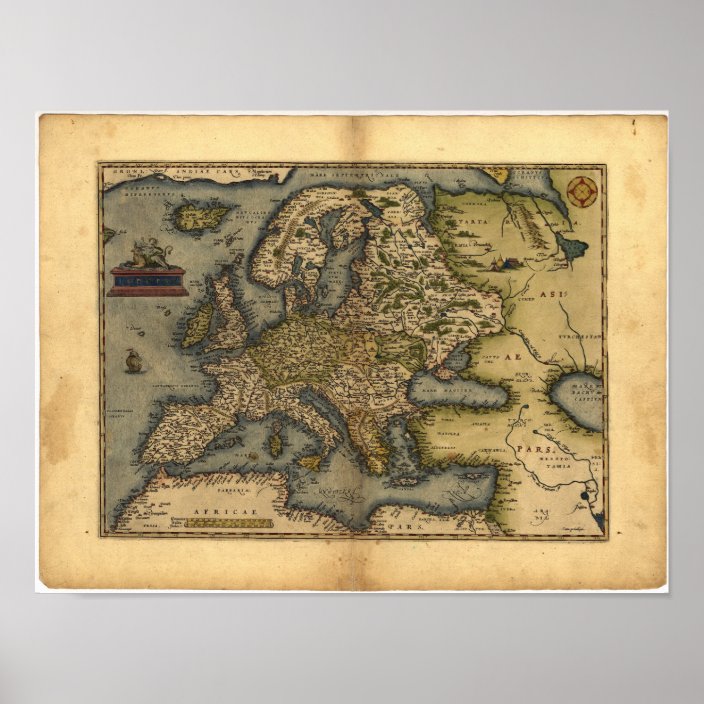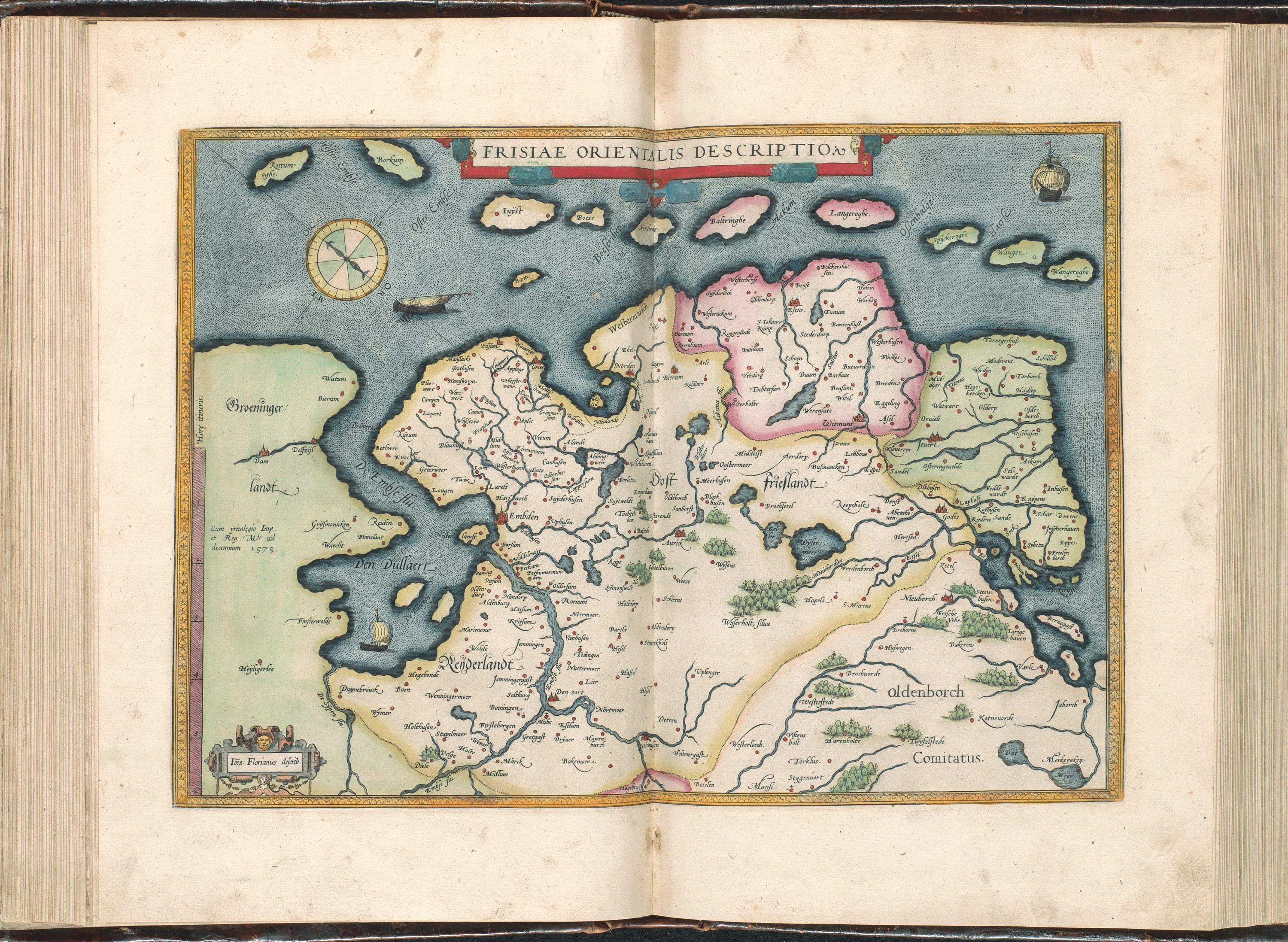

Especially interesting is their combination, as an example of fusion of cartographical traditions.An atlas of the ancient world by Abraham Ortelius. Both of these features have not yet been considered in scholarly literature from the proposed perspective. At the same time, I shall provide evidence of borrowing the lake image from the Chinese cartography. Having recalled practical and cosmographical reasons for the western orientation in the European and Chinese cartographical traditions, I shall try to demonstrate that the western orientation of the investigated map of China originates from portolan-style world maps. In the second part I shall discuss two related structural features of the map: its orientation with the West on top and the location in the West of a huge Lake (Lacus).

I argue that, despite being highly plausible, it cannot be taken ‘without reservation’ and should be marked in reference studies as a reconstructed identification.
#Ortelius atlas full
Giving full credit to the arguments of Cortesão in favour of his identification, I shall discuss some of its weak points. Most of the references to Luis Jorge de Barbuda in scholarly literature are still based on the seminal study by Cortesão, however, direct references tend to diminish. Armando Cortesão identified the map’s author with a Portuguese cartographer Luis Jorge (Luys Jorge, Luys Gorge, Luis Georgio, since 1596 registered as Luis Jorge de Barbuda), having meticulously collected data about him scattered among different written sources (letters, royal cédulas, collective declarations). Dahlgren, who took notice of a letter about it, written to Ortelius by Benito Arias Montano (1527–1598) on the 28th of February 1576. Attention to the provenance of the map of China in the Theatrum was first called by E.W. In the first part of this paper I shall trace the history of the authorship identification, revealing transmitted errors and confusions, which resulted from misreading of primary sources and secondary literature. Ortelius ascribed the map of China to a ‘Ludouicus Georgius’, now generally believed to be a Latinised name of the Portuguese cartographer Luis Jorge de Barbuda (fl. The earliest printed map of China in the European cartographical tradition is found in the 1584 edition of the Theatrum Orbis Terrarum, the first world atlas in a modern sense (1st ed. They present a striking picture of the cartographical and geographical development of the Dutch main economic region. On this website, the Utrecht University Library displays approximately 120 maps of the provinces Holland and Utrecht from the period 1558-1882 that were donated to the library by a private owner. So faithful, in fact, that even the mistakes of the river Vecht and the island Putten were assimilated! Many other examples of such copying behaviour can be found in the collection Maps of Holland and Utrecht. For his atlas, Keerbergen made, among others, a faithful copy of the map of Holland. A few years later, in 1601, another Antwerper, Johannes Keerbergen, brought a competing pocket atlas on the market.

Furthermore, the island Putten, in southern Holland, is completely missing. On this map, although splendidly engraved, the river Vecht flows from Utrecht to Amsterdam instead of to Muiden. In 1595, the Antwerper Filips Galle published a map of the regions of Holland for the pocket atlas Epitome, an abbreviated version of Abraham Ortelius’ famous world atlas. Things were no different in the 16th century. They sometimes make mistakes and they also like to copy each other.


 0 kommentar(er)
0 kommentar(er)
